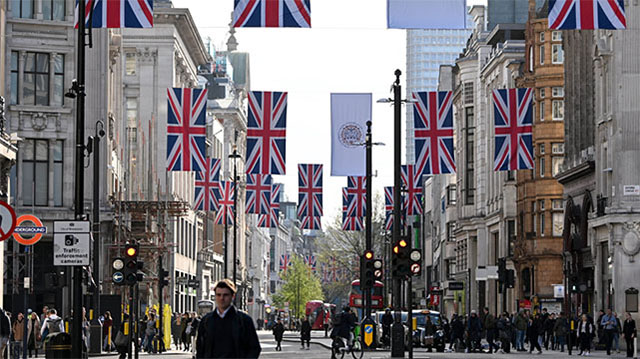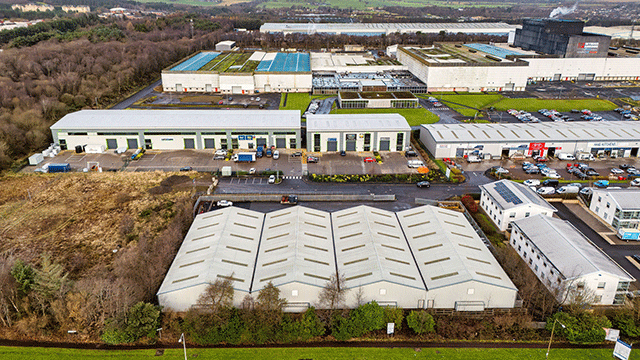One year on from the EU referendum, BNP Paribas Real Estate looks back at four concerns we had for the property market and how they have played out over the past 12 months.
Investors look to “safer” markets to deploy cash
Concern: One of the most repeated slogans of the Leave campaign was to “take back control”. Would this deter the flow of capital from overseas targeting UK real estate and direct it to other markets?
Reality: The depreciation of sterling acted as further incentive for overseas investors to continue to deploy capital in UK real estate, in particular in central London.
Overseas investors have deployed £9.2bn in the quarters following the EU referendum and in Q1 2017 accounted for 79% of total investment volumes in the capital.
In contrast to overseas investors, UK institutions have become net sellers, with UK retail funds continuing to be relatively cautious following the swathe of redemptions following the vote.
Withdrawals have stabilised and most UK retail funds have seen net inflows in Q1 2017.
A banking exodus
Concern: Headlines centred on London’s financial services industry and banks moving operations to mainland Europe. This was based on the potential loss of “passporting”, the ability for UK based financial service firms to operate across the European Economic Area and vice versa.
Reality: Depending on who you talk to, as few as 4,000 or as many as 232,000 UK jobs will be heading to Europe after the UK withdraws from the EU.
The truth is no one knows exactly how many jobs will leave the City of London or what a potential Brexit deal will look like. The Bank of England’s deputy governor was the first to dismiss fears of a mass exodus of City jobs after Brexit, insisting the EU does not have the same capacity as London.
Further reassurance for London’s strength as a financial centre came with Goldman Sachs pressing ahead with developing its new 800,000 sq ft headquarters in the City of London. Deutsche Bank has also agreed terms to pre-let a new 500,000 sq ft headquarters at 21 Moorfields, EC2.
Whatever deal is agreed for the UK, central London has increasingly become less reliant on banking and finance to drive demand. As a percentage of total take-up over a 10-year period, the banking and finance sector’s share has diminished.
UK tech talent to be lured to other European cities
Concern: The potential loss of freedom of movement could have a negative impact when attracting the best and brightest talent. Berlin and Dublin were primed to be big winners.
Reality: The weeks after the Brexit vote were defined by media tech giants expressing their commitment and confidence in the capital.
Google and Facebook both committed to increasing their headcount in Central London and Apple signed a 500,000 sq ft prelet for their European HQ in Battersea.
Growth in this sector is expected to grow by 7.5% over the next six years in comparison to the finance and insurance sector, which will experience a fall in headcount.
Tenant space to flood the market
Concern: Due to increased levels of uncertainty, rationalisation of office needs by occupiers would result in increased amounts of second-hand tenant space returned to the market.
Reality: The amount of space in central London available directly from an existing tenant doubled over the course of 2016 to reach 2.1m sq ft, representing 17% of total supply.
In Q1 2017 it rose to 2.8m sq ft, equating to 21% of total supply.
Pressure on businesses to cost-save and increase efficiency have been on the agenda for some time now. Recent trends include occupiers looking outside of the capital to reduce already rising total occupational costs, consolidating premises in order to bring people under one roof and the introduction of agile working, meaning staff hot desk or work from home more often.
The increased uncertainty brought around by Brexit has kick-started some of these processes, which has led to occupiers offloading additional space.










